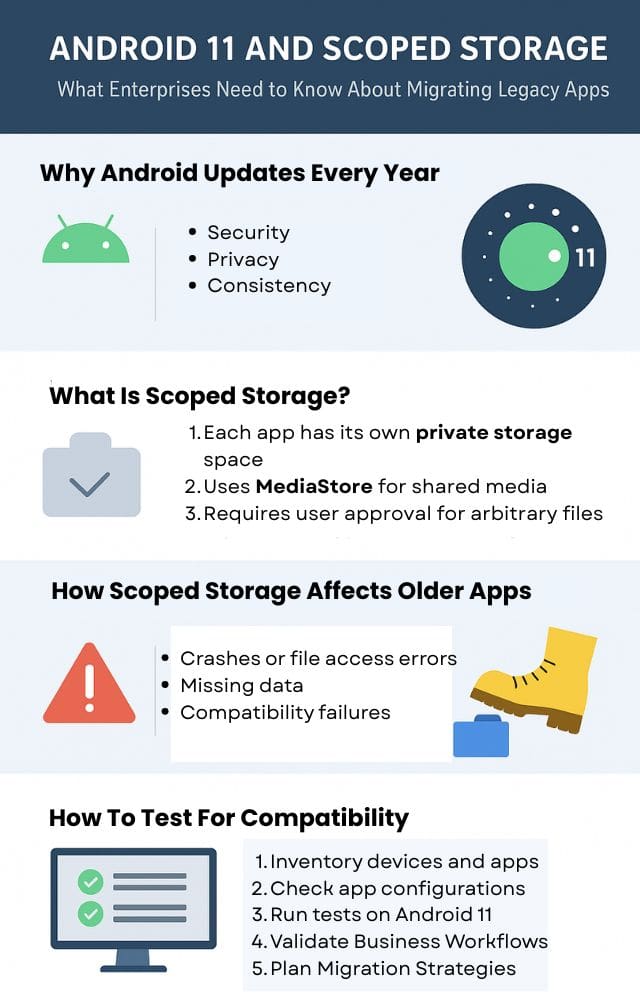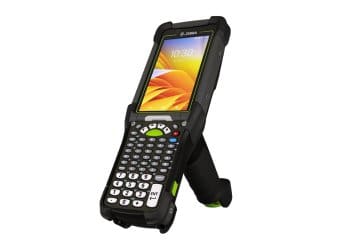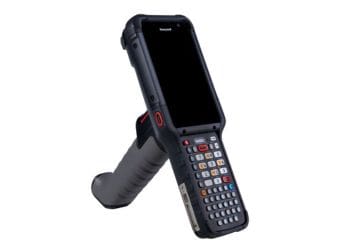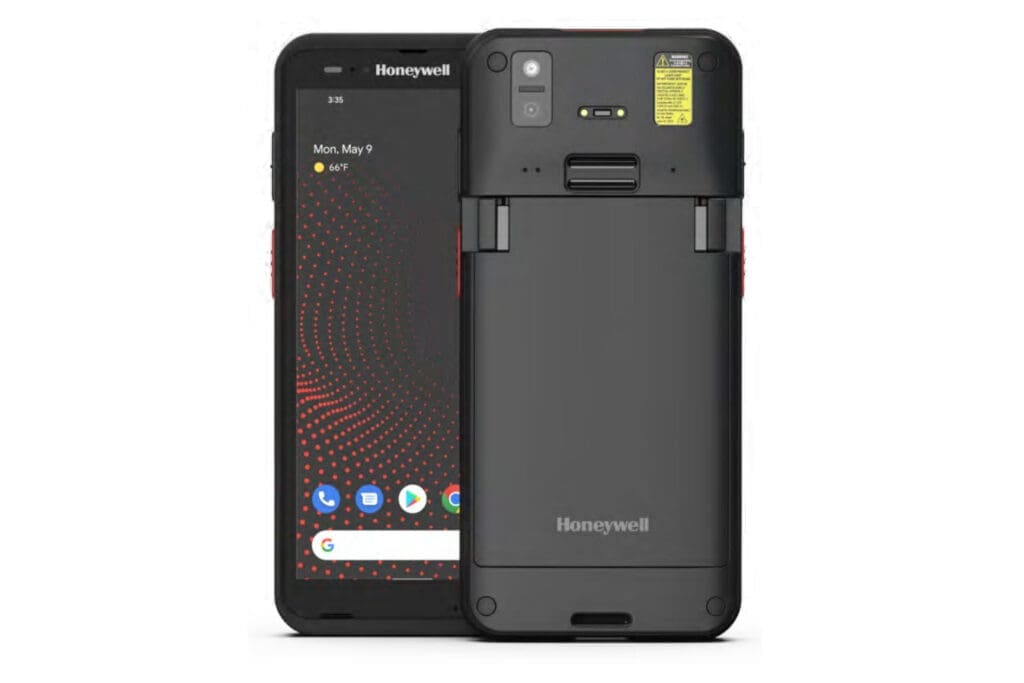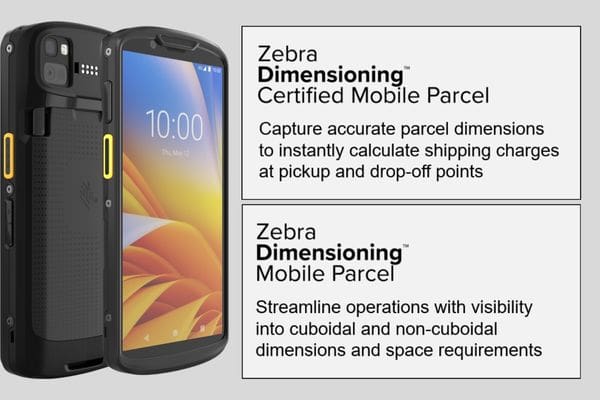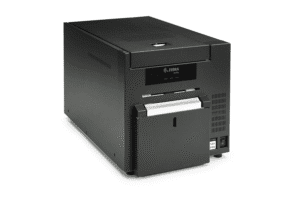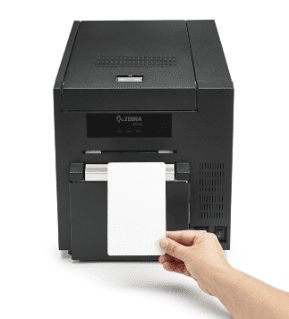The StayLinked SmartBrowser versus Consumer-Grade Browsers
In today’s enterprise IT landscape, more applications are shifting into the browser . Warehouse Management Systems (WMS), ERP solutions, inventory applications, and logistics workflows are now commonly accessed through web interfaces instead of native applications. For office workers, Chrome, Safari, or Edge are perfectly fine.
But for industrial users —those on rugged devices such as handhelds, barcode scanners, and vehicle-mounted computers—the story is very different. Consumer-grade browsers simply weren’t designed to handle the unique challenges of modern warehouse environments. That’s where industrial browsers like the StayLinked SmartBrowser come in.
Let’s discuss why consumer browsers fall short, and how the SmartBrowser industrial browser delivers enterprise-grade benefits for companies.
Why Industrial Workflows Need a Different Kind of Browser
Warehouses, distribution centers, and manufacturing floors create demands that consumer browsers can’t always meet:
- Rugged hardware: Rugged devices often include integrated scanners, physical keypads, or unusual screen sizes.
- Unstable connectivity: WiFi dead zones and intermittent connections are common in large facilities.
- Legacy systems: Many operations still run older HTML or terminal-emulation apps that need precise handling.
- High productivity requirements: Even small delays in scanning or data entry multiply into big costs at scale.
- Security and compliance: Devices must be locked down to prevent misuse or data leakage.
Consumer browsers such as Chrome or Safari were not created to handle these types of challenges, and tend to lead to inefficiency, downtime, and higher support costs.
The Limits of Consumer-Grade Browsers in Industrial Settings
Consumer browsers shine in general use but pose problems in mission-critical workflows:
- Limited hardware support: Poor integration with barcode scanners, rugged keypads, and custom peripherals.
- Unreliable under poor connectivity: Lost sessions and unsaved data when WiFi drops.
- Unnecessary complexity: Extensions, auto-updates, and consumer features can distract or even break workflows.
- Weaker IT control: Enterprises must rely on mobile device management (MDM) for restrictions, which adds overhead.
- Hidden costs: While “free,” consumer browsers require extra enterprise tools and support, raising the total cost of ownership (TCO).
Consumer browsers such as Edge, Chrome and Safari just weren’t built with industrial operations in mind.
StayLinked SmartBrowser: Built for the Warehouse
StayLinked SmartBrowser is a leading industrial browser, purpose-built for rugged environments and the modern warehouse. Here’s how it compares to consumer browsers.
1. Reliability Under Tough Conditions
SmartBrowser is engineered to run flawlessly on rugged devices from vendors like Zebra, Honeywell, and Datalogic. Unlike Chrome or Safari, which may lag or crash on lower-power devices, SmartBrowser optimizes performance with minimal latency for industrial workloads. Maximum uptime is provided for mission critical environments.
2. Smooth Migration from Legacy Browsers
Many businesses still rely on legacy browsers like Ivanti Wavelink. SmartBrowser includes tools to migrate without downtime, ensuring workflows keep running while IT modernizes the stack. Chrome and Safari often require costly app re-engineering to achieve similar results.
3. Optimized for Productivity
SmartBrowser supports features like dynamic DOM injection, improving page rendering and usability. That translates into faster scanning, smoother data entry, and reduced worker frustration. Consumer browsers, built for general browsing, don’t offer these workflow-specific enhancements.
4. Broad Device Compatibility
StayLinked partners with rugged device manufacturers to ensure cross-device reliability. Whether workers use handheld scanners, tablets, or vehicle-mounted computers, the experience is consistent. Consumer browsers may run, but often with quirks, driver issues, or inconsistent performance.
5. Session Management and Security
SmartBrowser includes advanced session management tools: IT can restrict access to specific web apps, enforce security policies, and prevent workers from drifting into non-work browsing. Chrome and Safari rely heavily on external MDM policies, which are less granular and harder to enforce.
6. Cost Transparency
With predictable licensing and no hidden subscription fees, SmartBrowser is designed for enterprise budgeting. While consumer browsers appear “free,” managing them at scale often requires expensive third-party tools and IT labor.
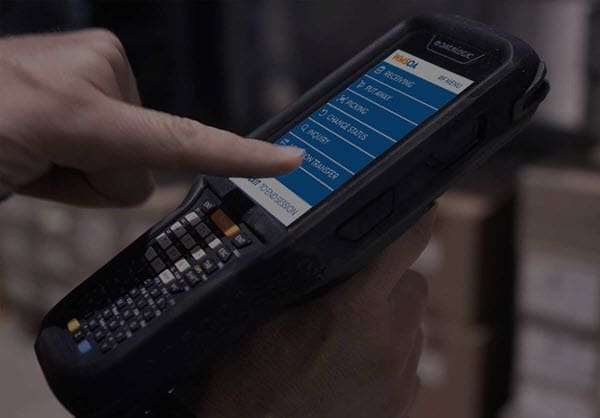
Side-by-Side Comparison
| Category | StayLinked SmartBrowser | Chrome / Safari / Edge |
|---|---|---|
| Rugged Device Support | Built for barcode scanners, rugged keypads, and industrial tablets | Basic support; compatibility issues common |
| Connectivity Handling | Session persistence during WiFi drops | Sessions often lost; manual re-entry required |
| Migration from Legacy | Tools for smooth migration | Often requires rewriting or replacing apps |
| IT Management | Built-in session control and access policies | Relies on external MDM; less granular |
| Security | Locked-down environment for work apps only | Risk of extensions, updates, or non-work use |
| Cost Model | Transparent, enterprise-friendly licensing | “Free,” but enterprise management adds cost |
ROI and Business Benefits
Adopting SmartBrowser can deliver measurable benefits for companies:
- Higher worker productivity from faster, more stable workflows.
- Reduced IT support burden thanks to fewer crashes, lost sessions, and compatibility issues.
- Lower total cost of ownership (TCO) by eliminating the need for extra tools and avoiding workflow downtime.
- Stronger security and compliance with enforced session and access policies.
- Future-proofing by enabling migration from legacy browsers without breaking current apps.
For companies running warehouses, logistics hubs, or manufacturing facilities, these gains add up quickly.
Let’s Discuss StayLinked SmartBrowser & Industrial Browser Options
Consumer browsers like Chrome and Safari excel in the office but struggle in the warehouse. Industrial environments demand specialized tools such as an advanced terminal emulation solution—and that’s exactly what StayLinked SmartBrowser delivers.
CSSI is an experienced StayLinked partner and expert in industrial / enterprise browsers. We can help you evaluate your options, and implement the best solution for your business. To discuss SmartBrowser and set up a demo, please contact CSSI.

